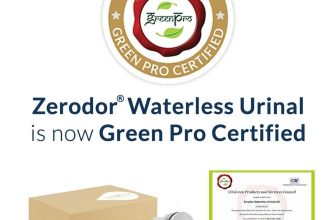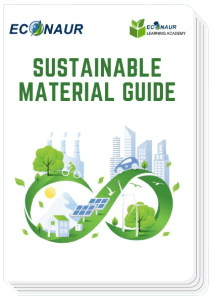Does Single Use Plastic is the Culprit ?
Does Single-Use Plastic is the Culprit ?
Plastic packaging has pervaded every sphere of human life. From food and cosmetics to commonplace household products, one can hardly get around without finding it involved in some way. Plastic has earned such favour owing to its many qualities. It is water-proof, non-reactive, light, cheap to manufacture and easily available.

Despite these benefits, there is no denying that fast-paced consumerism has led to a plastic problem. India generates 9.46 million tonnes of plastic waste annually. The size of the problem is mammoth in itself. However, it is made worse by a lack of proper waste management. 40% of this plastic remains uncollected, littering streets and water bodies. 43% of the plastic used for packaging is single-use. Now here lies the real culprit. Per their name, single-use plastic can be used only once and cannot be upcycled/ recycled. It also needs extra inputs to dispose of properly. Otherwise, it becomes a choking hazard for animals and drains. Most of the plastic used in India ends up either in landfills or in the natural environment. This way, it pollutes several elements of nature, like water, soil, groundwater, marine, and terrestrial life.
So is there something that we can do to reduce our contribution to the plastic waste problem? On an individual level, making small changes in the way we consume can make a cumulatively large impact. The convenience that plastic packaging provides is not easily replaceable.
Many times, people prefer glass as a better alternative. At the front, it may seem so. But when we look at the complete lifecycle analysis of glass as an alternative, it doesn’t seem to have the same effect. Let me explain to you a few points which you might want to discuss/argue more-

The glass melts at 700 deg C to 900 deg C whereas plastic is moulded at 160 to 200 deg C, so glass needs more carbon emission for the same one bottle manufacturing by burning a higher amount of fuel.
The packaging needed for plastic bottle Vs. packaging required for glass bottle has an exponential difference. Glass also needs protections like hermocol/bubble wrap or the thicknesses of paper/board etc. required is significantly higher.
Instead, recycling of plastic takes the much lesser load. There is no such detailed study I have come across for this comparison, but my logical mind suggests that plastic indicates no compatible alternative as of now.
But changes in consumption patterns can help consumers achieve the best of both worlds. Smaller units of products purchased frequently increase the single-use plastic in landfills significantly. Refillable options for such products help to eliminate plastic that would be generated in buying new units. Sadly, such products are not as widely available currently, to be able to make a mark.
Ekam wants to change that. With a multi-pronged approach, we intend to make cleaning safe and sustainable. Among others, we offer the CARE range of enzyme-based organic cleaning solutions. They contain active microorganisms that fight odour, and once drained are not harmful to the environment.
Taking our commitment to eco-friendliness forward, we now offer CARE products in 5-litre cans. Owing to the active ingredients in our products that can degrade most other packaging materials, we offer them in plastic bottles. However, on re-ordering, we provide you with a Reduce-Reuse policy. You simply have to order a 5 litre can once your product finishes. We ship it to you, along with a small tool-kit. This allows you to refill your smaller bottles and continue to use the cleaner. This way, you resume using the same bottles, while also reducing your plastic footprint.
Responsible consumers will lead the way to a sustainable future. Do you know more products that help you achieve that?








